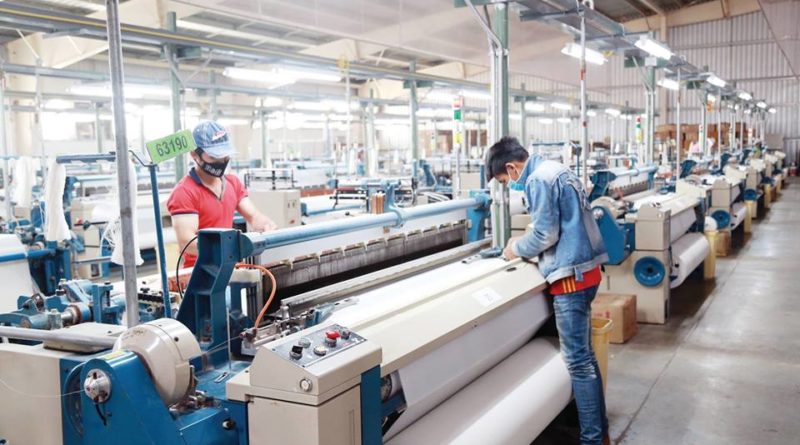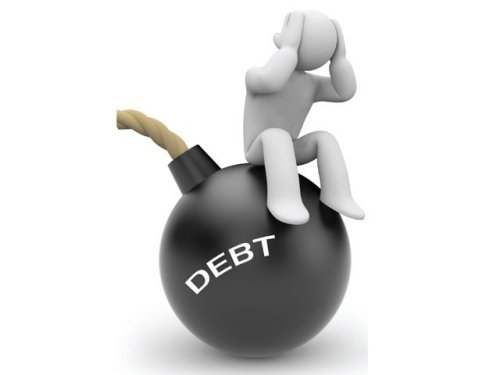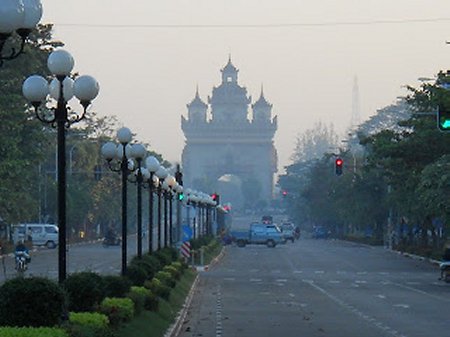Economic Growth ‘Manageable’ Despite Possible Impact Of China Slowdown: Analysts
Source: Vientiane Times
The predicted economic slowdown in China, one of the top three foreign investors in Laos and an important trading partner, could affect the Lao economy, the government’s economic analysts have warned.
But trends in economic growth will be manageable, the analysts commented in a report issued by the Ministry of Planning and Investment.
The International Monetary Fund (IMF) has forecast that China’s economic growth will decrease from 6.8 percent in 2017 to 6.5 percent in 2018, dropping further to 6.4 percent in 2019, and to 6.2 percent in 2020.
“This situation may impact the contribution of trade and investment from China [into Laos] at a certain level,” the report warned.
It added that China’s increasingly tougher financial policy and decreasing imports could impact the country’s direct investment flow in Laos.
The report was presented at a recent meeting between the government cabinet, Vientiane Mayor and provincial governors in Huaphan province.
We are offering the highest and best coverage for cars & motorbikes in Laos ! No other insurance provider in Laos offers the coverage as we do at J&C Services ! And we offer the most competitive premiums !
Life’s complicated enough. So we’ve made buying car insurance simple and fair, with all the benefits you’d expect and more. That’s car insurance the way it should be.
Try us and get your quote here or contact us at info@jclao.com / 020 77 100 200
In addition, changes in trade policies and political tensions in many regions including the Middle East may affect the economies of Laos’ important trading partners, which could eventually affect the Lao economy, the analysts said. However, they were optimistic that Laos’ economic growth would be manageable even though the growth rate for the first quarter of 2018 has not been forecast.
The National Assembly approved an economic growth rate of about 7 percent in 2018. To achieve this target, parliament passed a state budget plan with expenditure set at 32,809 billion kip and a revenue target of at least 25,452 billion kip.
Based on the current circumstances, pursuit of this economic growth target can be managed, according to the report. Despite the possible impact of China’s forecasted slowdown, the global economy in general, which is predicted to grow from 3.7 percent in 2017 to 3.9 percent in 2018, together with forecasted economic growth in Thailand – one of Laos’ top three foreign investors and an important trading partner – will favour the Lao economy.
Domestically, the report said a number of major investment projects are being carried out to drive growth, including construction of the Laos-China railway, the Nam Ou hydropower plant and several highways, as well as many poverty alleviation projects. As of March 23, construction of the US$5.986 billion Laos-China railway was 26.5 percent complete.
In addition, many state-funded investment projects are undergoing the necessary paperwork prior to implementation.
However, information regarding investment by domestic and foreign private investors is still unavailable.
A source at the Ministry of Planning and Investment said authorities in charge are collecting information on private investment and a report will be presented to the National Assembly’s upcoming ordinary session.
The report said friendly environments conducive to businesses operation have been maintained and managed.
The inflation rate for the first two months of this year averaged 1.35 percent, down 0.62 percent compared to the same period last year. However, the report warned that the forecasted further increase in the price of oil on the global market could result in a general price increase in Laos, driving up the inflation rate.
As of February, money circulation growth (M2) increased by 10.57 percent, which was maintained within a ceiling level not exceeding 20 percent as approved by the National Assembly.
During the first two months of the year, the kip weakened by 0.16 and 3.45 percent against the US dollar and Thai baht respectively.
As of February, foreign reserves were sufficient to purchase imported goods for 3.62 months, according to the report.



